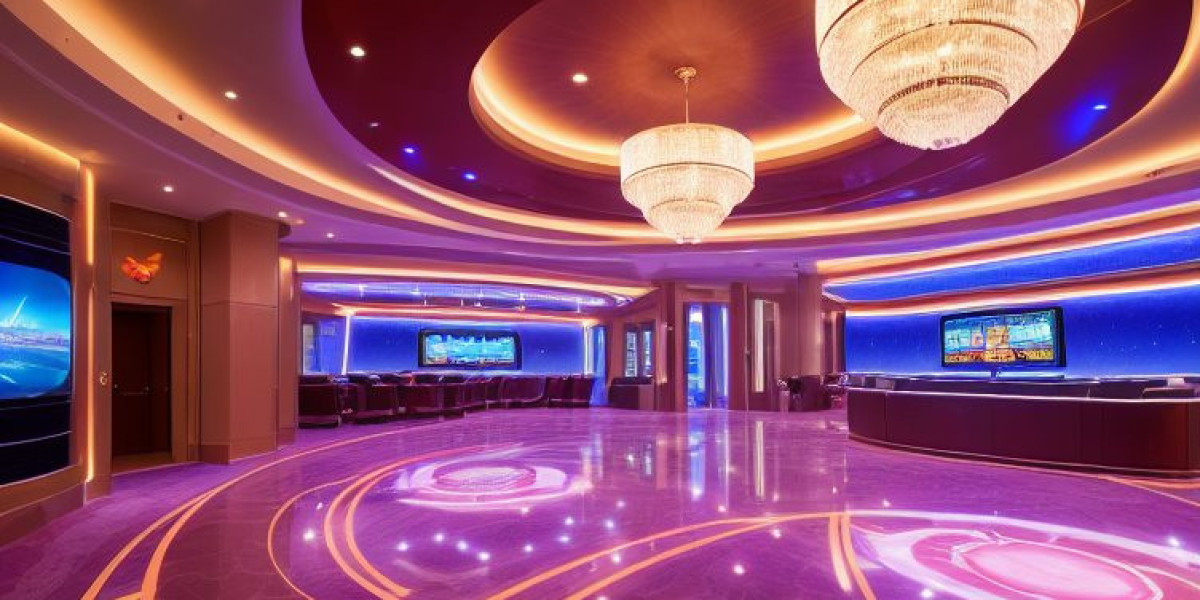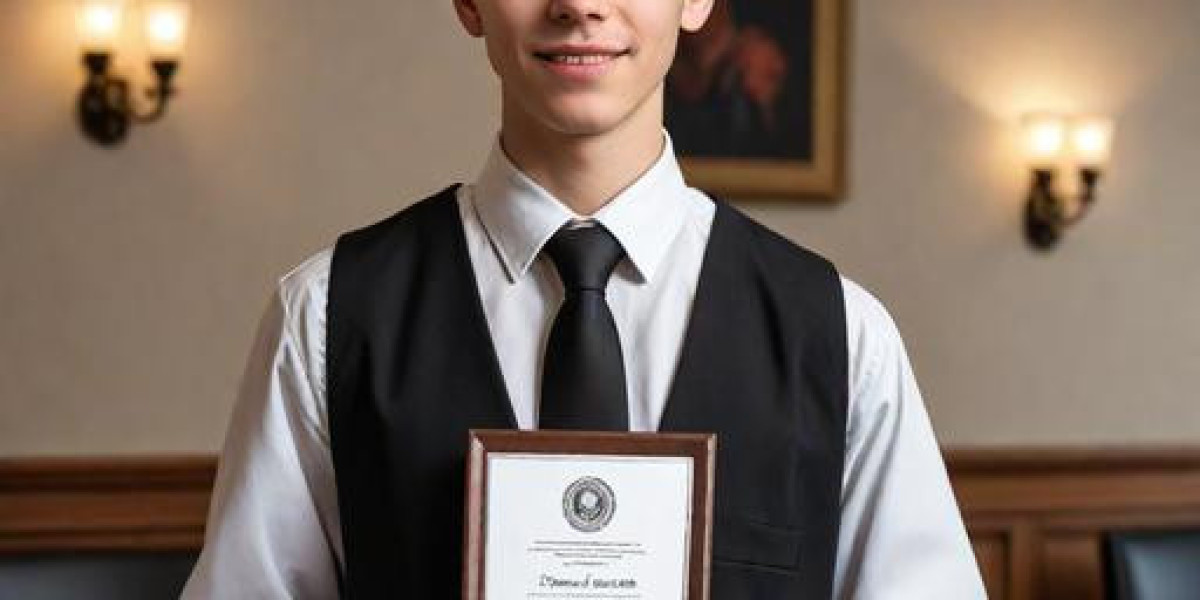The Seatback Bluetooth Pairing Market is poised for significant expansion over the coming years, driven by rising demand for in-flight entertainment systems, enhanced passenger connectivity, and the growing adoption of Bluetooth-enabled devices in aviation. This market offers substantial opportunities for stakeholders seeking to capitalize on the integration of advanced wireless technologies into commercial and private aircraft seating systems.
With air travel rebounding globally, airlines are increasingly prioritizing passenger experience. Seatback Bluetooth pairing technology allows travelers to effortlessly connect personal devices to in-flight entertainment systems, ensuring seamless audio streaming and interactive services. The convenience and safety offered by wireless connectivity are expected to bolster market adoption across both legacy and next-generation aircraft.
Market Overview and Growth Drivers
The global Seatback Bluetooth Pairing Market is experiencing robust growth, propelled by multiple key factors:
Rising Passenger Expectations: Travelers increasingly demand personalized, connected, and interactive experiences during flights.
Technological Advancements: Innovations in Bluetooth protocols, low-energy solutions, and enhanced pairing reliability drive adoption.
Aircraft Modernization: Airlines upgrading cabins and retrofitting older aircraft with smart seatback systems stimulate market demand.
These drivers are complemented by the broader trend of digitization within aviation, where smart seating solutions integrate entertainment, connectivity, and passenger engagement features, enhancing overall flight experiences.
Request a Sample Report: https://researchintelo.com/request-sample/122361
Market Restraints
Despite strong growth prospects, certain factors may limit market expansion:
High Implementation Costs: Integrating Bluetooth systems into seatback units involves considerable investment.
Compatibility Issues: Variations in device compatibility and system interoperability may affect passenger experience.
Regulatory Constraints: Aviation safety standards and wireless communication regulations vary across regions, potentially slowing adoption.
However, ongoing technological improvements and industry collaborations are expected to mitigate these challenges over time, supporting broader deployment.
Opportunities and Market Dynamics
The Seatback Bluetooth Pairing Market presents several growth opportunities for investors and solution providers:
Integration with Emerging Technologies: Combining Bluetooth connectivity with IoT-enabled seatbacks, augmented reality (AR) content, and personalized entertainment platforms.
Expansion in Regional Markets: Asia-Pacific, Latin America, and the Middle East show high potential due to increasing air travel and airline fleet modernization.
Premium and Ultra-Long-Haul Aircraft: Higher adoption in first-class and business-class cabins for enhanced passenger convenience.
The market is expected to witness compounded annual growth, reflecting both increasing airline adoption and rising passenger preference for connected experiences.
Global Market Insights
Market analysis indicates the Seatback Bluetooth Pairing Market will surpass USD 1.2 billion by 2030, with a CAGR of approximately 9% from 2024 to 2030. North America and Europe remain key markets due to their early adoption of technology and established commercial aviation infrastructure. Meanwhile, the Asia-Pacific region is projected to register the fastest growth, driven by rapid airline fleet expansions and increasing passenger volumes.
Emerging trends include the integration of Bluetooth pairing systems with airline apps, enabling passengers to control seatback screens and media via smartphones or tablets. Additionally, sustainable cabin designs are increasingly incorporating lightweight, energy-efficient Bluetooth systems to reduce aircraft weight and improve fuel efficiency.
View Full Report: https://researchintelo.com/report/seatback-bluetooth-pairing-market
Segment Analysis
The market is segmented based on aircraft type, component type, and region:
Aircraft Type: Commercial, business jets, and regional aircraft. Commercial aircraft dominate adoption due to larger passenger volumes and in-flight entertainment requirements.
Component Type: Transceivers, audio modules, software, and user interface systems. Transceivers are essential for wireless connectivity, while software ensures seamless pairing and integration.
Geography: North America, Europe, Asia-Pacific, Latin America, and Middle East & Africa. Each region demonstrates unique adoption patterns influenced by fleet modernization, technological infrastructure, and passenger demand.
Increasing aftermarket retrofitting services for older aircraft further contribute to the market’s growth trajectory, providing opportunities for technology providers to expand their service offerings.
Competitive Landscape and Innovation
The Seatback Bluetooth Pairing Market is characterized by continuous innovation and technological advancements. Key focus areas include:
Enhanced Audio Quality: Improved Bluetooth codecs and noise-cancellation technology for better passenger audio experience.
Faster Pairing Speeds: Minimizing delays in device connection to seatback systems.
User-Friendly Interfaces: Simplified touchscreens and app-controlled operations for intuitive user experience.
Collaborations between airlines, system integrators, and technology providers are crucial in addressing passenger demand and achieving large-scale deployments. The focus on retrofitting legacy aircraft and designing next-generation smart seatbacks is expected to further drive market growth.
Enquire Before Buying: https://researchintelo.com/request-for-customization/122361
Regional Outlook
North America: The region leads in adoption due to early integration of advanced seatback systems and high passenger expectations.
Europe: Strong growth is supported by premium airlines adopting next-generation Bluetooth-enabled seating solutions.
Asia-Pacific: Rapid market expansion is driven by increasing air traffic, budget airline growth, and aircraft modernization programs.
Latin America & MEA: Gradual adoption, primarily in business and first-class cabins, is expected to contribute to market expansion.
These regional insights highlight varying growth dynamics, enabling stakeholders to prioritize investment and product development strategies accordingly.
Future Prospects and Trends
The market is likely to witness transformative changes as passenger experience becomes a critical differentiator for airlines. Notable future trends include:
Integration with Virtual Reality (VR) and Augmented Reality (AR): Providing immersive entertainment experiences.
IoT-Enabled Smart Seats: Collecting real-time passenger feedback to optimize in-flight services.
Energy-Efficient Solutions: Lightweight Bluetooth modules to enhance fuel efficiency and reduce operational costs.
These innovations are anticipated to drive continued adoption and open up new revenue streams for airlines, technology vendors, and aftermarket service providers.
Check Out the Report: https://researchintelo.com/checkout/122361
Conclusion
The Seatback Bluetooth Pairing Market is on a promising growth trajectory, underpinned by rising passenger demand, technological innovation, and airline modernization programs. With strategic investments, regional market expansion, and integration with emerging technologies, the sector offers substantial opportunities for market participants.








